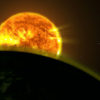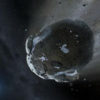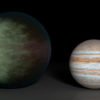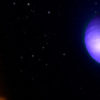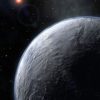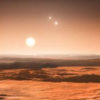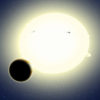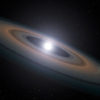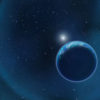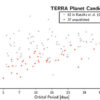Peering into the atmospheres of planets many trillions of miles away using the Hubble Space Telescope, scientists have found the signature of water on five exoplanets. Although the presence of atmospheric water has been hinted at from previous observations of exoplanets, this is the first study to conclusively measure and compare the intensities of these […]
